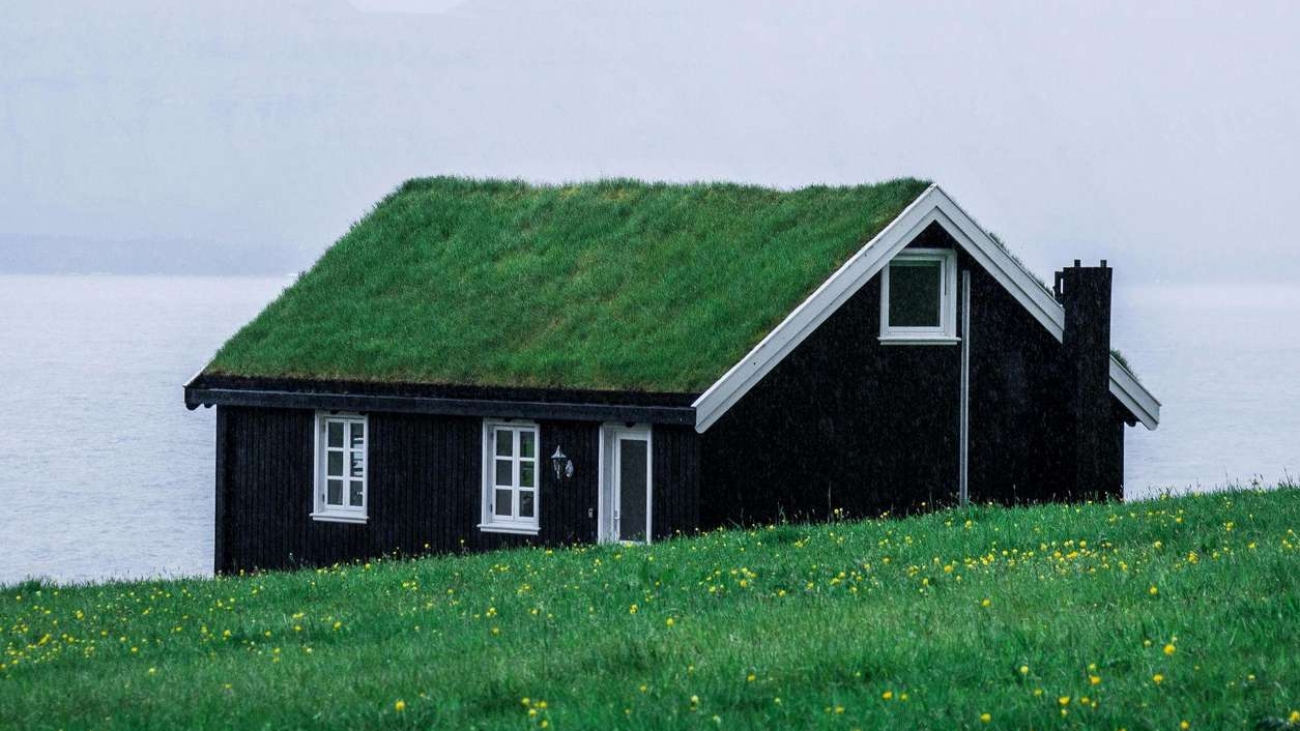If you’ve lived in Vancouver long enough, you know what fall means: rain, rain, and more rain. While cozy nights indoors are a perk of the season, your roof and gutters are working overtime to protect your home from the rain. One of the best things you can do to prevent costly damage this fall is to make sure your gutters are clean and your roof is ready for the months ahead.
Why Roof Inspection Are Best Performed in the Fall
Leaves start to change and the air gets crisp, Vancouverites know that heavy rain, wind, and cooler temperatures are not far behind. Fall is a beautiful season – it’s also an important time of the year to think about your roof. Looking into some of the small issues now and how it will save you from bigger problems when winter arrives.
Ignoring Your Roof This Fall Could Cost You This Winter
It’s easy to put off roof maintenance when life gets busy – but ignoring your roof in the fall can lead to serious issues once heavy rains and winter storms roll in.
Is Your Roof Ready for a Vancouver Summer?
Getting ready for another beautiful Vancouver summer? Beach days, bike rides, hikes, mountains and lakes at our doorstep – the warm weather is (finally) on its way!
Not to put a damper on your summer euphoria, but it’s worth remembering that summer is also a great time for some house upkeep – especially for your roof.
Why You Should Trim Plants and Trees Away from your Roof
Why should you trim plants and trees away from your roof? From a health and maintenance perspective, it’s pretty much a no-brainer.
Cedar Shakes
In Vancouver, where rainfall conditions mean that homeowners need roofs with above average durability and waterproofing, cedar shakes continue to be a popular choice among homeowners. But what exactly are they, where do they come from, and how do they perform in our often-demanding climate?
The Pros and Cons of Green Roofs
Green roofs in our daily lives are becoming more and more commonplace. Developers, architects, and even residential homeowners are searching for ways to improve their carbon footprint and provide sustainable (and beautiful) building solutions; green roofs are one of the best ways to do that.
That being said, there are some serious pros and cons to consider about green roofs. Let’s take a look.
The Science of Slopes: Why Your Roof Needs to Have a Proper Slope
If you live in (or near) Vancouver, you’re no stranger to heavy rain and seasonal snowfall, making a well-installed roof a vital part of protecting your home or building. You’re no doubt aware that any roof – even a “flat” roof – must still be installed with some sort of slope.
Whether you’re a homeowner, business owner, or strata manager [link to blog about building managers], understanding why roof slope matters can save you from costly repairs and structural issues down the line.
Roofing Colours
Let’s be honest: how often do you see a roof colour other than grey, brown, or black?
Even here in Vancouver, where many older homes boast bright paint colours like pink, green, or blue, it’s rare that a homeowner will elect to choose a bold, colourful roof – even though they do exist.
What you may not be aware of, however, is that roof colour can affect more than just the overall aesthetics of your home.
Roof Inspections: What’s the Difference Between Blistering and Alligatoring?
Blistering and alligatoring are two of the most common problems that plague Vancouver roofs (of any kind), but most people aren’t sure what they look like – or what the difference is.










